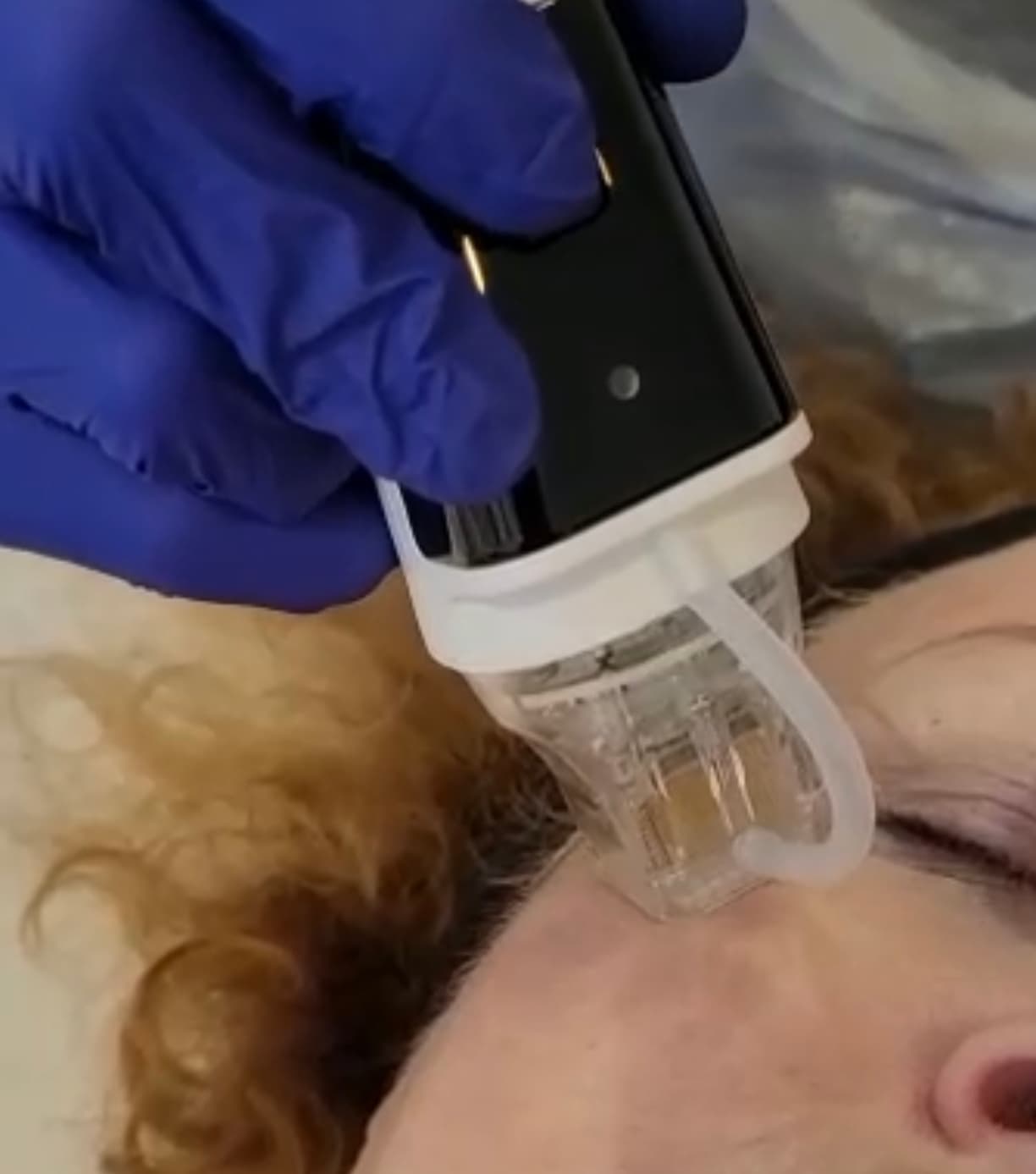The time has come. You have finally decided to book your aesthetic treatment and you are excited for the outcome. However, there is some things that you should do to ensure the outcome is the best it can be.
This blog will cover how to prepare for your Radiofrequency Microneedling treatment appointment- Pre, on the day and post appointment at Dr Kara Cosmetic Clinic.
Please ensure that you have also read the latest guidance on aesthetic treatments and the COVID 19 vaccine
Please familiarise yourself with the clinic’s policy.

How to prepare for Radiofrequency Microneedling (RFM) treatment
Pre Procedure advice
3 MONTHS PRIOR – Stop facial dermabrasion, any laser resurfacing and deep chemical peel treatments.
4 WEEKS BEFORE
Stop epilation, waxing or tweezing.
2 WEEKS BEFORE
Stop anything that causes you skin irritation (topical creams)
Stop tanning from the sun, tanning beds, or tanning creams/sprays
7-10 DAYS BEFORE
Stop use of Retinol/Vitamin A and acids like AHA, lactic, glycolic, etc. – Stop blood thinning medications if safe to do so (seek advice of your prescriber), stop ASA (aspirin), ibuprofen (e.g. Motrin, Advil), naproxen (Aleve), herbal supplements (e.g. garlic, ginseng, ginkgo biloba, St. John’s Wort, omega 3, and vitamin E)
24 HOURS BEFORE – Avoid Alcohol
On the day advice
Arrive make up free.
Take paracetamol 1 hr prior to your appointment.
Please arrive on time for your procedure. Anymore than 5 mins late I may have to reschedule your appointment and your deposit could be effected. You will need to attend alone.
Message me upon arrival and I will come out to meet you. Do not knock on the door please.

What happens during your procedure
Consent and photos taken. The area will be cleaned. The procedure will take between 30-60 mins. Although PureDerma uses needles, it is not usually painful. Any discomfort that is felt during the treatment is often very tolerable. A series of passes over the same area until your skin shows a satisfactory response to the treatment. Aftercare will be provided following the procedure.
Post procedure advice
Your skin may appear slightly red and swollen after treatment, these effects usually resolve within
a few hours but may last up to 5 days. You may also experience some mild tenderness, numbness or tingling in the treatment area, these effects should resolve within 7 days. Contact your practitioner if you are concerned about the healing process.
A cold compress may help with swelling as well as sleeping propped up on 3 pillows overnight to help fluid drainage.
You may experience some bruising which may last 1-2 weeks. You can use arnica cream on the bruised area to help with resolution.
Uncommonly you may experience some lumps or nodules afterwards in the treated area, these should resolve within 2 weeks in most cases.
Rarely you may experience some skin pigmentation changes, these usually resolve within 6 months. Contact your practitioner if you are concerned at any stage.
If you experience any discomfort after treatment, you can take a simple over the counter painkiller such as paracetamol.
Drink plenty of water to keep hydrated after treatment.
Avoid makeup for 48 hours after treatment, as this can reduce the risk of infection.
Use a mild cleanser with tepid water to clean your face for 3 days after the treatment and gently dry the treated area. Keep your hands clean when touching your face.
Avoid any perfumes, fake tan, or other harsh chemicals for 72 hours after treatment because these can irritate the skin.
Avoid picking, rubbing, or scratching the treated area. If you skin is irritating you please use the skincare provided.
Avoid excess caffeine and alcohol for 48 hours after treatment.
Avoid extreme temperatures of hot or cold for 72 hours, including hot baths, saunas, or steam rooms.
Avoid any excess sun exposure or sunbeds for 2 weeks after treatment, for the next 2 weeks use an SPF sunscreen 30 or greater.
Avoid any strenuous exercise or swimming for 72 hours after treatment.
Avoid any cosmetic procedures such as Botox, dermal filler or hair removal until your practitioner says it is safe to have this done. This would usually be 1-2 weeks after.
Avoid any skin retinols, AHA’s or glycolic/ salicylic acid for 7 days as these can irritate the skin.
Avoid any skin exfoliation regimen for 72 hours after treatment or until the initial redness and swelling has settled.
Aftercare skincare will be provided. Ensure that you use these as advised. Minimum twice a day for 3 days. Use a regular moisturising cream on the treated area.
Common expected side effects
The above advice should help to minimise this but the following side effects can be expected to occur:
- Bruising
- Swelling
- Redness
- Tightness
- Itchiness
- Discomfort
These side effects can last between 1-14 days. This means leave plenty of time for yourself to recover before any big events e.g. wedding, birthday.
Your discomfort should be able to be managed with paracetamol alone. If not or any worsening symptoms, please contact the clinic immediately for advice, even if out of hours. You will be given an emergency number to contact in this instance.
If you are unsure about what has been explained in this article and want to ask questions please do not hesitate to contact myself as I am happy to help. Contact me now.
I am looking forward to seeing you
Dr Kara, Aesthetic GP doctor
